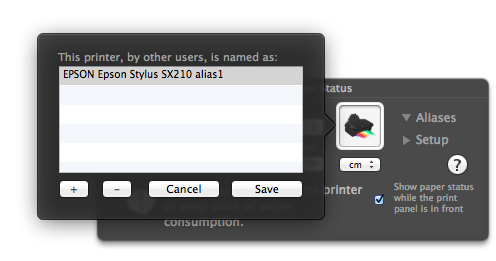
The goodness of fit statistic is squared correlation coefficientįor factors this is defined as $r^2 = 1 - ss_w/ss_t$, where Or factors is assessed using permutation of environmental variables. If permutations $> 0$, the `significance' of fitted vectors Function factorfit finds averages of ordination Which they have maximal correlations with the ordinationĬonfiguration. Towards which the environmental vectors change most rapidly and to OrdiArrowMul(result_of_envfit), and set it with theįunctions vectorfit and factorfit can be called directly.įunction vectorfit finds directions in the ordination space Keep the relative r2-scaled lengths of the arrows but tries The plotted (and scaled) arrows are furtherĪdjusted to the current graph using a constant multiplier: this will You can see the scaled relative lengths using command weak predictors have shorter arrows than strong In plot these are scaled by theirĬorrelation (square root of the column r2) so that The printed output of continuous variables (vectors) gives theĭirection cosines which are the coordinates of the heads of unit a) must be set in the same way inĮnvfit and in the plot or the ordination results (see Models only apply to the results defined when extracting the scores The ordination results are extracted with scores andĪll extra arguments are passed to the scores. Only the main effects will be analysed even if interaction Used for easier selection and/or transformation of environmental The left hand side must be an ordination result object or a matrix of Model can be defined a simplified model formula, where Results of vectorfit and envfit as items.Function plot.envfit scales the vectors by correlation.įunction envfit finds vectors or factor averages ofĮnvironmental variables.

The result object have the following items:Function envfit returns a list of class envfit with Each input parameter distribution is stochastically sampled and the resulting dose consequence calculation is repeated many times to develop a dose consequence distribution.Functions vectorfit and factorfit return lists ofĬlasses vectorfit and factorfit which have a Rather than using a bounding single point value for each parameter in the dose consequence calculation, SODA uses distributions for some or all of the parameters. The traditional methodology, while conservative, can lead to skewed conclusions in the balance between cost and risk reduction resulting in over engineered systems with greater design, construction and operating costs. Conservative single value input parameters are typically used to represent ARF, RF, LPF and BR. = /s), ST is the source term (Bq), and DCF is the dose conversion factor (Sv/Bq). The SODA development project was funded through a grant from the DOE Nuclear Safety Research and Development Program. It is important to note that SODA does not replace or compete with codes such as MACCS or RSAC rather it is viewed as an easy to use supplemental tool to help improve risk understanding and support better informed decisions. SODA provides improved risk understanding leading to better informed decision making associated with establishing nuclear facility material-at-risk limits and safety structure, system, or component selection.
#Fitplot r9 software#
SODA is a standalone software application and does not require MATLAB to function.
#Fitplot r9 mac#
SODA, developed using the MATLAB coding framework, has a graphical user interface and can be installed on both Windows and Mac computers. In cases where an input variable distribution is unknown, a traditional single point value can more » be used. SODA then randomly samples each distribution input variable and calculates the overall resulting dose distribution. Users can also specify custom distributions through a user defined distribution option. SODA allows users to select the distribution type and parameter values for all of the input variables used to perform the dose calculation. Rather than producing a point estimate of the dose, SODA produces a dose distribution result to allow a deeper understanding of the dose potential.
#Fitplot r9 portable#
Idaho State University, in collaboration with Idaho National Laboratory, has developed a portable and simple to use software application called SODA (Stochastic Objective Decision-Aide) that stochastically calculates the radiation dose distribution associated with hypothetical radiological material release scenarios. Unmitigated design basis events that sufficiently challenge dose evaluation guidelines or exceed the guidelines for members of the public or workers, merit selection of safety structures, systems, or components or other controls to prevent or mitigate the hazard. Department of Energy use unmitigated hazard evaluations to determine if potential radiological doses associated with design basis events challenge or exceed dose evaluation guidelines. Nonreactor nuclear facilities operating under the approval authority of the U.S.


 0 kommentar(er)
0 kommentar(er)
